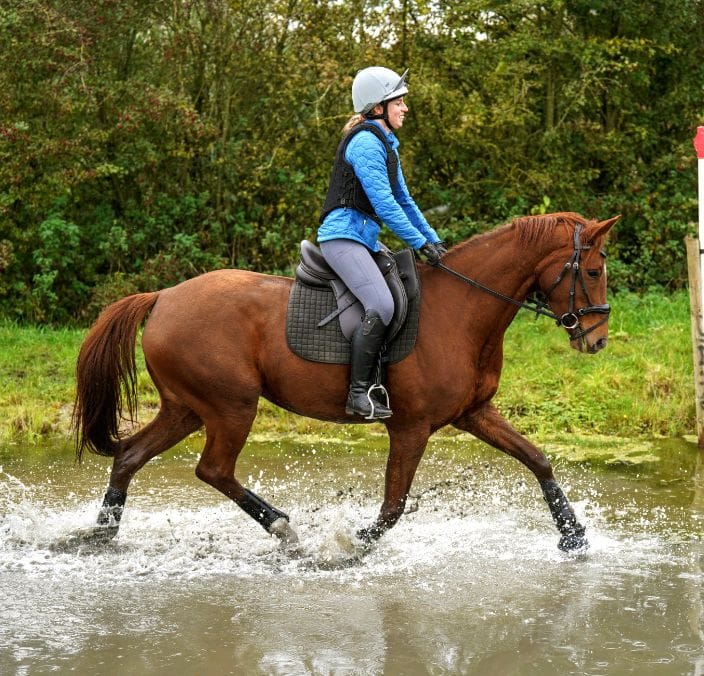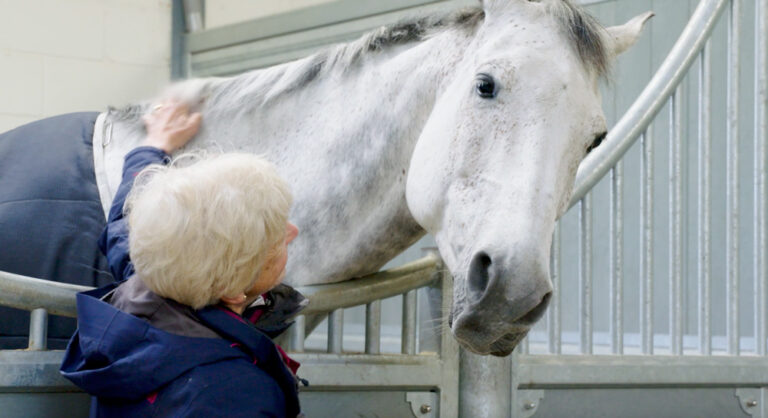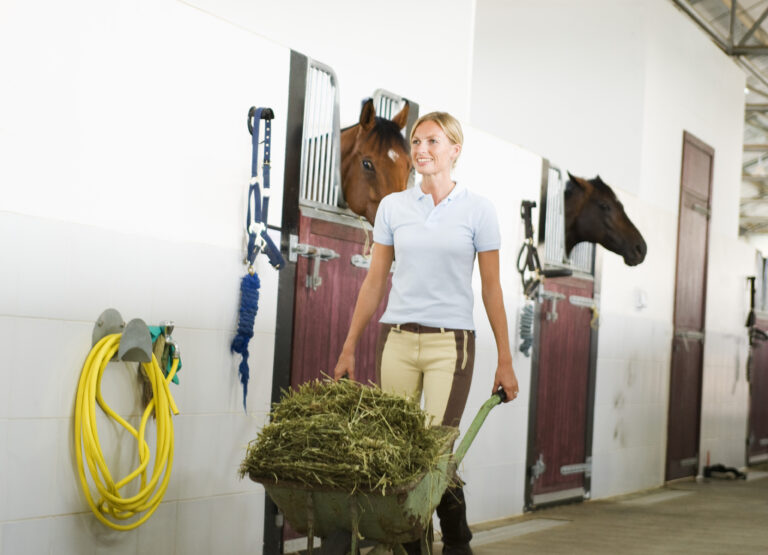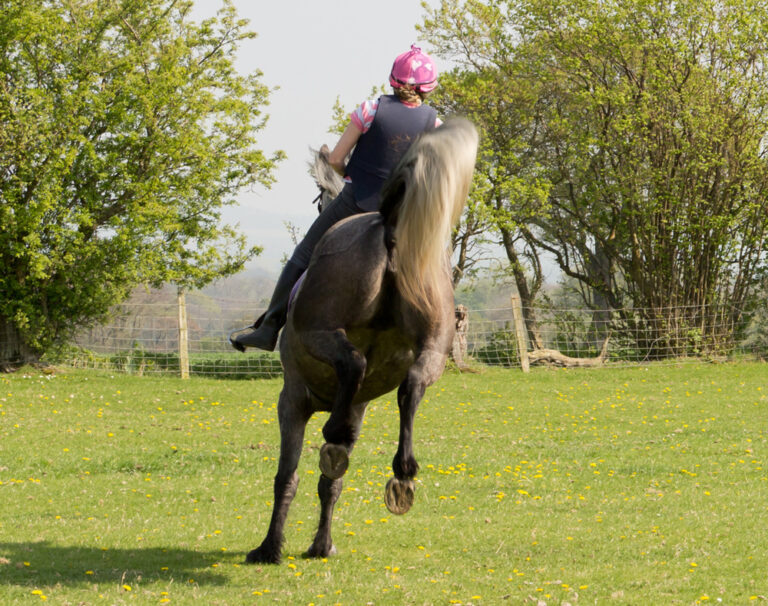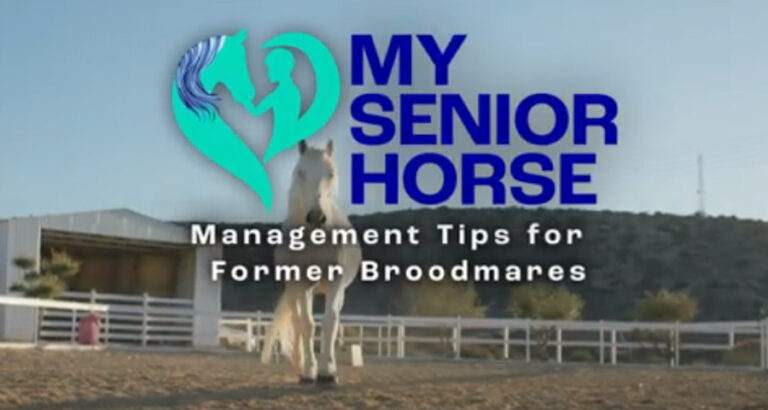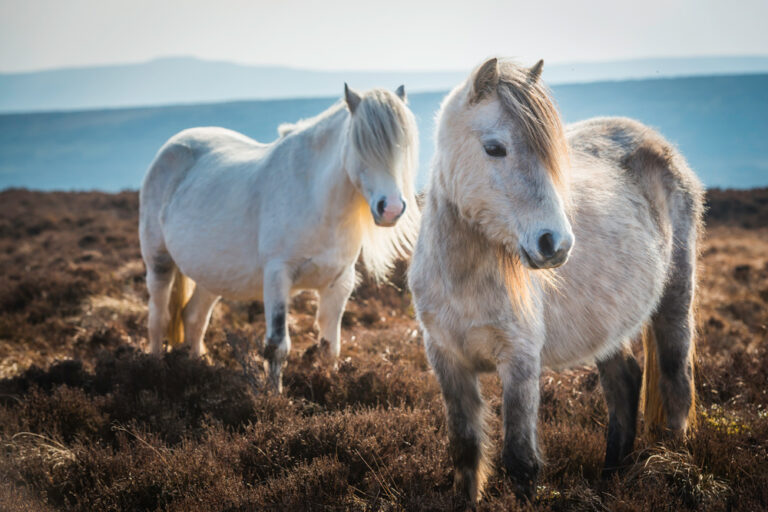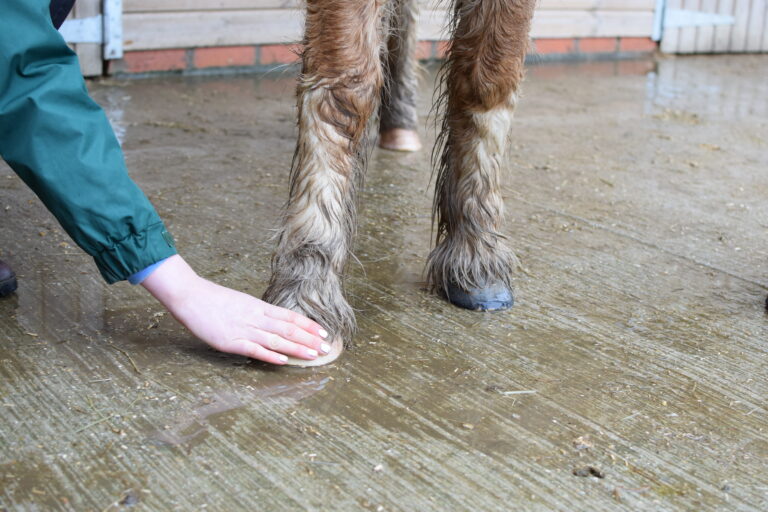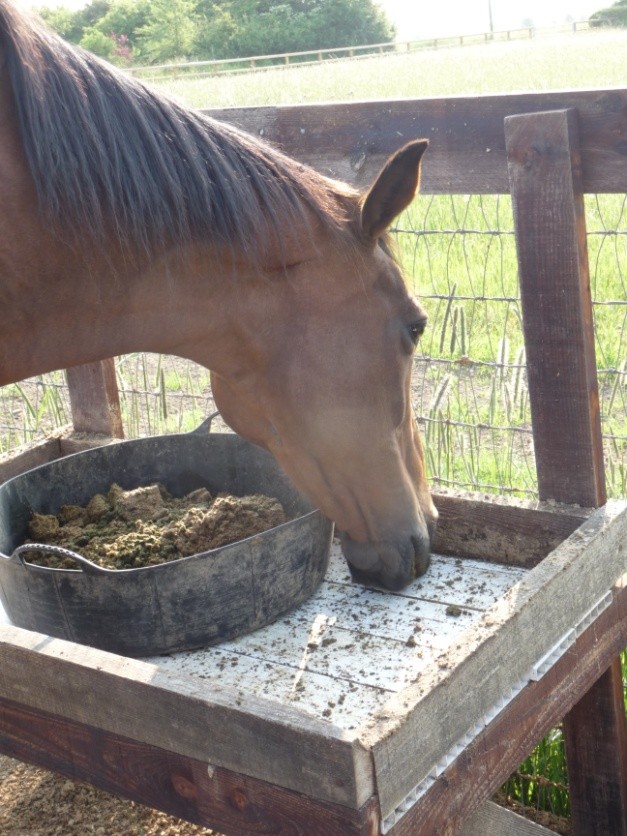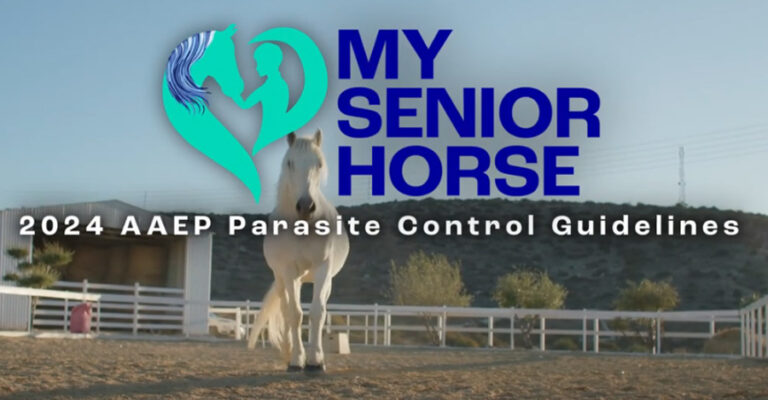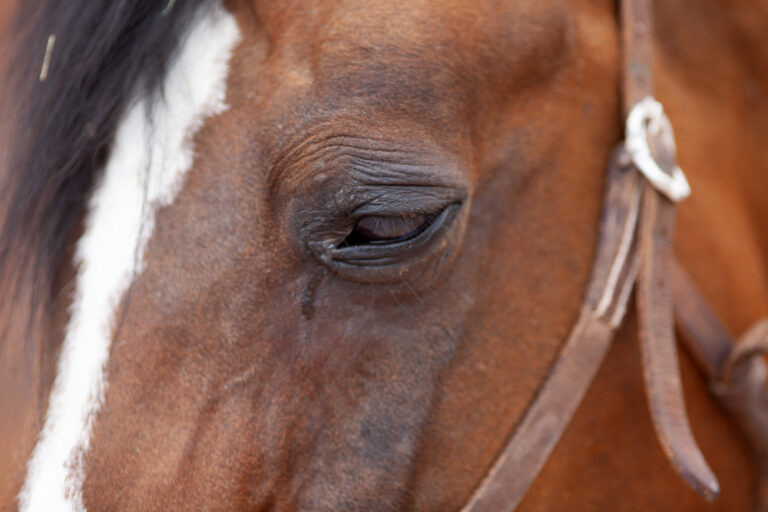There are differences in behaviour between horses that are comfortable during ridden exercise and those that are not.
The Look of a Comfortable Horse
In a large majority of appropriately trained, well-shod, non-lame, healthy horses with well-fitting tack, when working on the flat the head is still. A comfortable horse should look similar when worked in an arena or hacked out.
The front of the head is in a vertical position or slightly in front of or behind the vertical. When jumping, most horses adopt a higher position of the head and neck, often with the head farther in front of a vertical position.
The ears are erect, rotated to the side, or inclined forward. The eyes are open with no exposure of the sclera (the white of the eye), unless the sclera is visible at rest (common in piebald horses, for example). All of the tongue remains within the oral cavity and the bit is symmetrically positioned. The tail is held straight and carried freely.
The Movement of the Comfortable Horse
Horses maintain a regular rhythm and speed in all paces, moving straight on two tracks. If asked appropriately, non-lame horses initiate canter with the correct leading forelimb and do not change legs in front or behind. There are no spontaneous changes of gait.
There is no repeated forelimb or hindlimb stumbling, and there is an absence of bilateral hindlimb toe drag. Horses follow the direction of the rider’s cues, with no spooking (without cause). They move forward willingly, with an absence of bucking or rearing.
Recognition of how a non-lame horse usually behaves might enhance equine welfare and improve training practices.
Horse and Rider
It is important to recognise that the comfort of a horse during ridden exercise involves not just the horse, but the tack and the rider. The tack must fit the horse; the saddle must also fit the rider. The rider should be of an appropriate size relative to the horse’s size and should as far as possible be in balance and synchrony with the horse’s movements. Both the horse and the rider should be fit enough to carry out the work being undertaken. The rider’s cues must be clear and not confusing to the horse.
Further Reading
Observation and Palpation of an Older Horse’s Limbs. Dr. Sue Dyson. MySeniorHorse.com
-
Sue Dyson, MA, VetMB, PhD, initially worked in the United States after graduating veterinary school, then returned to England and ran a clinical referral service for 37 years. Dyson is active in clinical research and has published more than 450 scientific papers related to lameness, ridden horse behaviour, and diagnostic imaging. Dyson also is a rider and has produced horses to top national level in eventing and show jumping. Dyson is a British Horse Society Instructor (Teaching and Stable Management).View all posts

